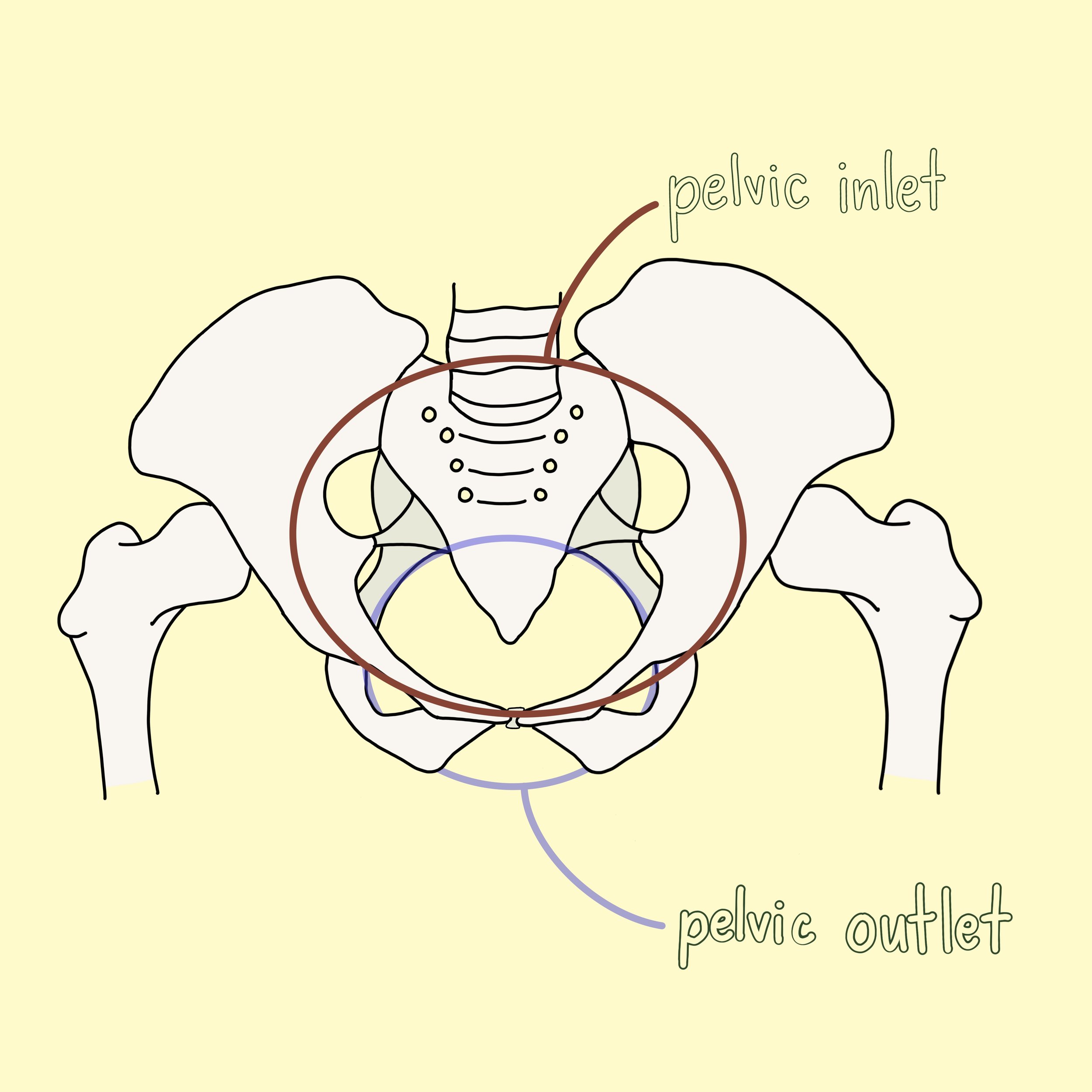Laboring and Birthing Positions–Why They Matter
Hey, Bestie. A lot of my friends are at that age where they’re starting families. For those friends that have chosen to become parents through more traditional methods, that means they’re getting pregnant and giving birth. It’s so exciting! However, it has made me realize how much information the average soon-to-be parent can be lacking when it comes to options around giving birth.
Pushing a baby out of your body is arguably one of the most intense moments of one’s life. Many soon-to-be parents go through birthing classes and prepare for the big moment with the support of their partner and/or doula. However, even the most prepared folks aren’t always aware of the vital role positioning can play throughout labor and delivery. Today, let’s chat about the stages of labor and why positioning during these stages can make all the difference in your labor experience. We’ll focus on the earlier stages of labor today and talk about the later stages next week!
What are the stages of labor?
If you’ve been in birthing classes, this will be a bit of a review for you, but it’s important to understand the stages of labor before we move on to labor positions. Labor consists of three stages: Stage 1, Stage 2, and Stage 3 (1). Stage 1 of labor is divided into Early Labor and Active Labor (1). Early Labor is the period from the start of labor/contractions until the cervix is open about half of the way (less than 6 centimeters) (1). Active Labor occurs when the cervix is opening from 6 centimeters to 10 centimeters (1). During this period, contractions tend to be more intense and more close together (1). During Stage 2, your cervix is fully dilated (10 centimeters) and you can start pushing (1). This is the stage in which you deliver your baby. Finally, in Stage 3, you will deliver the placenta (1).
Why are laboring and birthing positions important?
During labor, the baby will need to move downward through the top of the pelvis and then out of the bottom of the pelvis and vagina. The top ring of the pelvis forms what we call the pelvic inlet. It is the entrance to the pelvis. The bottom ring of the pelvis forms what we call the pelvic outlet, which is the exit of the pelvis. While the structures of the pelvis may seem quite immobile, they actually move a bit and we can capitalize on this motion in order to allow for easier descent of the baby through the pelvis as labor progresses toward birth.
How do the pelvic inlet and outlet open/widen?
Let’s review our pelvic anatomy real quickly: the pelvic girdle is comprised of your two hip bones (each containing the ischium, ilium, and pubis) that are attached in front by a bit of fibrocartilage called the pubic symphysis. The ring of the pelvic girdle, is completed in the back by the pubic spine, comprised of the sacrum and coccyx bones.
Anatomy of the Pelvis
When the lower portions of the hip bones are closer together, the upper portions move away from one another, opening up the pelvic inlet. Similarly, when the upper portions are closer together, the lower portions move further apart (opening up the pelvic outlet). A more simplified way of thinking about this movement is by imagining two Pringles chips facing each other. The top opening of the Pringles represents the pelvic inlet and the bottom opening represents the pelvic outlet. If you squeeze the bottoms of the Pringles together, you’ll notice that the top of the chips move further apart. If you squeeze the tops of the chips together, you’ll notice that the bottom of the chips move further apart.
During Early Labor, you will want to focus on movements and positions that support the opening/widening of the pelvic inlet. Some activities that allow opening of the pelvic inlet include active pelvic movements on a Swiss ball (2), deep, supported squats, or any positions that allow the hips to open up with knees far away from one another (such as seated butterfly position where the bottoms of the feet touch each other).
Next time, we’ll talk more about opening the pelvic outlet as you progress toward Stage 2 of labor and birth positions you might not have considered before!
If you’ve given birth, what positions did you find most comfortable during Early Labor? I’d love to hear about your birth experience. Let’s chat real soon.
XOXO,
Your Pelvic Bestie
References:
2. Alexandre Delgado, Melania M Amorim, Andreza do Amaral Paraiba Oliveira, Keytte Camilla Souza Amorim, Marina Wanderley Selva, Yasmin Eduarda Silva, Andrea Lemos, Leila Katz,
Active pelvic movements on a Swiss ball reduced labour duration, pain, fatigue and anxiety in parturient women: a randomised trial, Journal of Physiotherapy, Volume 70, Issue 1, 2024, Pages 25-32, ISSN 1836-9553, https://doi.org/10.1016/j.jphys.2023.11.001.
*The information contained in this article is for educational and informational purposes only and is not intended as health or medical advice. Always consult a qualified health provider regarding any questions you may have about a medical condition or health objectives





